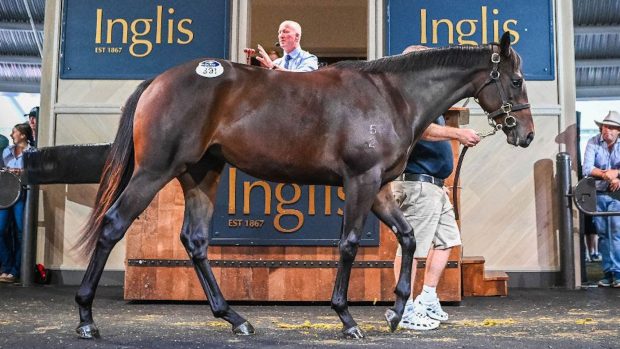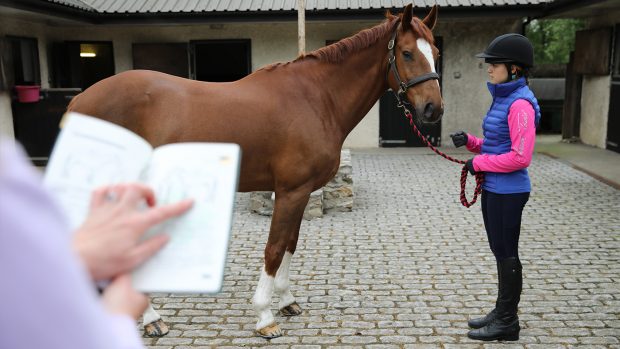A study by a Newcastle University scientist that established a correlation between the way a show jumper tucked up its front legs and the price paid at point of sale has been disputed by equestrian experts who say professionals are not influenced by flashy jumping styles.
Of 35 horses studied by former show jumper and biomechanics lecturer Dr Sian Lawson, it was found that buyers consistently paid more for those who tucked their front legs up.
Dr Lawson studied videos of horses aged between three and five years old jumping a 1.20m fence — all sold for between €5,000 and €60,000.
She mapped the movements of the horses and then charted them against the sale price. She found that the height at which the horse could tuck up its front hooves into its shoulder directly correlated with the price. The findings were released in July.
“The study was part of ongoing research into the perception of motion — people’s ability to judge movement visually,” said Dr Lawson.
“This is not the result I was expecting at all. Most horses can be trained to develop a good ‘forelimb tuck’, so this research shows the trainer is as important as the horse.”
But Mark Shaw, show jumper evaluator for the British Equestrian Federation, said professionals believe the back end is still the most important.
“Tucked-up front legs would impress an amateur eye, but if a professional were to look at a three- to five-year-old, they would want to see a strong back end,” he told H&H. “The front end can always be improved upon, but a horse has to be naturally good behind.”
William Funnell, chairman of the British Show Jumping Association breeding committee, said: “We definitely applaud any scientific research into our sport. That said, we feel this is the tip of the iceberg.”
Dr Lawson said: “Predicting the worth of a horse at a young age is difficult and is often based on the animal’s performance over a single day. This is subjective and has obvious limitations.
“What this study shows is that sale price can be predicted from the forelimb tuck and this gives trainers a quantifiable parameter to work with when viewing horses.”
This news story was first published in Horse & Hound (4 September, ’08)



